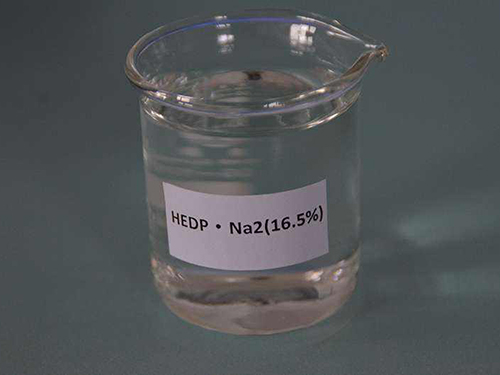Understanding the Role of Flocculation Chemicals in Water Treatment Processes
Understanding Flocculation and the Chemicals Involved
Flocculation is a critical process in various industries, including water treatment, mining, and food production. It involves the agglomeration of fine particles into a floc or clump, which then can be removed from a liquid mixture. This process is essential for clarifying liquids and removing suspended solids, and it often requires the use of specific chemicals that facilitate the flocculation process. In this article, we will explore what flocculation is, the types of chemicals used, their mechanisms of action, and their applications.
What is Flocculation?
Flocculation occurs when fine particulates in a liquid, typically colloids, come together to form larger aggregates known as flocs. This phenomenon is essential in various applications, such as wastewater treatment and the processing of minerals. As particles collide and bind together, they become heavier and eventually settle at the bottom of the treatment basin or can be removed through filtration. Flocculation is usually preceded by a process called coagulation, where destabilizing agents are introduced to neutralize charged particles and facilitate their aggregation.
Types of Flocculation Chemicals
Flocculation chemicals are categorized into several types, each serving different purposes in the flocculation process
1. Coagulants These chemicals destabilize the colloidal particles to encourage their aggregation. Common coagulants include aluminum sulfate (alum), ferric chloride, and polyaluminum chloride. These substances work by neutralizing the electrostatic charges on the particles, allowing them to bind together more readily.
2. Flocculants After coagulation, flocculants are employed to enhance the formation of flocs. They are usually long-chain polymers that provide a network for the particles to cling to, facilitating the formation of larger aggregates. Cationic, anionic, and non-ionic flocculants are available, and the choice of flocculant depends on the type of waste and the characteristics of the particles being treated.
3. pH Adjusters The effectiveness of coagulants and flocculants can be significantly influenced by the pH of the solution. Therefore, pH adjusters such as lime, sulfuric acid, or sodium hydroxide might be used to optimize the conditions for flocculation.
4. Enzymes and Biological Additives In some scenarios, natural or synthetic enzymes are employed to facilitate flocculation. These additives can promote the formation of flocs in biological wastewater treatment processes, enhancing the breakdown of organic material.
Mechanisms of Action
The mechanisms by which flocculation chemicals work can be divided into several stages
flocculation chemicals

1. Charge Neutralization When coagulants are added to the water, they neutralize the charges on the colloidal particles, allowing them to come closer together.
2. Bridging Flocculants—particularly polymeric ones—can bridge between particles, enhancing aggregation. The long-chain structure of flocculants allows them to adsorb onto several particles at once, thus facilitating the formation of larger flocs.
3. Settling and Removal Once formed, these flocs have a greater mass and volume, which enables them to settle faster under gravitational forces. The settled sludge can be removed from the treatment system with ease, ensuring the further purification of the water.
Applications of Flocculation Chemicals
Flocculation chemicals find applications across various sectors
1. Water and Wastewater Treatment This is perhaps the most common application. Coagulants and flocculants are used to clarify drinking water and treat wastewater, removing harmful particles such as bacteria, organic matter, and heavy metals.
2. Mining and Mineral Processing In these industries, flocculation is used to separate valuable minerals from ore. Flocculation aids in the recovery of mineral fines and enhances the efficiency of the separation processes.
3. Food Industry In processes like beer brewing and sugar production, flocculation aids in removing undesired yeast and other impurities, ensuring product clarity and quality.
4. Pulp and Paper Industry Flocculation chemicals help in the removal of lignin and other impurities, improving the quality of paper products.
Conclusion
Flocculation is a vital process leveraged by various industries to enhance liquid clarity and remove suspended solids. The choice of flocculation chemicals depends on the specific requirements of the process being employed. With advancements in chemical formulations and a deeper understanding of their mechanisms, the effectiveness of flocculation processes is continually improving, leading to safer, cleaner, and more efficient industrial operations.
-
Water Treatment with Flocculant Water TreatmentNewsJun.12,2025
-
Polymaleic AnhydrideNewsJun.12,2025
-
Polyaspartic AcidNewsJun.12,2025
-
Enhance Industrial Processes with IsothiazolinonesNewsJun.12,2025
-
Enhance Industrial Processes with PBTCA SolutionsNewsJun.12,2025
-
Dodecyldimethylbenzylammonium Chloride SolutionsNewsJun.12,2025





